In the last archaeological blog about the cannon boring project, I focused on why coal is cool. This was probably disappointing for some readers who hoped to read that we found the remains of a cat in one of the cannons. I skimmed over this because I wanted to focus on the cool things we did learn from the cannon boring, but I think it’s time to talk about whether there is ANY evidence, other than Francis Butts’ 1887 sinking account, that there was a cat on USS Monitor … or other ships, for that matter.
A SUPER brief history
Yes, cats on ships were a normal thing … like all the way back to Ancient Egypt! Egyptians domesticated cats quite early, and even named the creatures after the sound they made – miw. There is also DNA evidence proving that cat descendent from Egyptian specimens were found throughout Eurasia and Africa. How did those cats get around the world? On ships. Egyptian cats even sailed with Vikings! In fact, in more recent history, cats on warships were considered part of a ship’s crew and were given quarters and rations.
Peripheral Evidence

There is evidence of cats influencing shipboard life, peripherally, in the names of shipboard implements, construction, and rigging, too; for example a cat-o-nine-tails, a cathead, cat’s-tail, cat-beam, cat stopper, and catfall. It is not clear why all of these things are named after a cat, but the cat-o-nine-tails, which is not a very nice implement, is likely named so because of the old wives tale that cats have nine lives. The rest of those terms are all associated with the cathead, which is a large beam that supports the anchor on either side of the bow of the ship, but it is less clear why it was named this, except that these are often embellished with the image of a large cat – like a lion – on the end. Did the imagery or the name come first? Your guess is as good as mine.

Purpose for cat crewmembers
More concretely, there are five reasons people believe cats were taken on board ships:
1. Companionship – Let’s face it. Cats can be cute, and maybe cuddly, and (whether you love them or hate them) having a furry friend on board a ship when you get tired of other people would be nice.
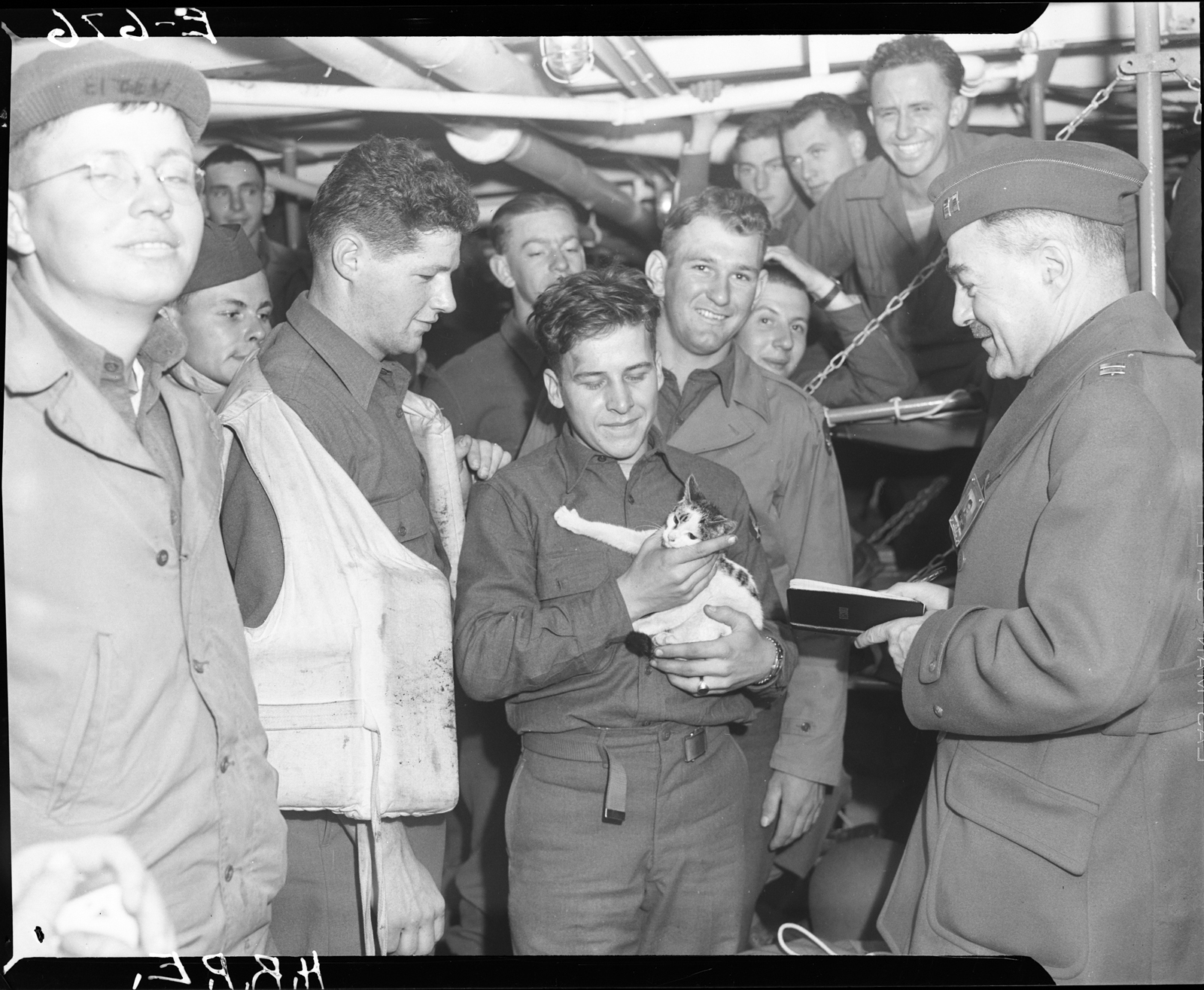
2. Rodent control – This is a big ole “Duh!” When in port, rodents come on board ships to literally eat the ship – wood, rope, rubber, etc. – and the ships stores of foods and/or goods. In fact, polydactyl cats (those with opposable thumbs) were most sought after for their apparent better rodent catching abilities. In fact, for a lot of naval history, there were set numbers of cats that should be kept on board warships of differing sizes for vermin control.
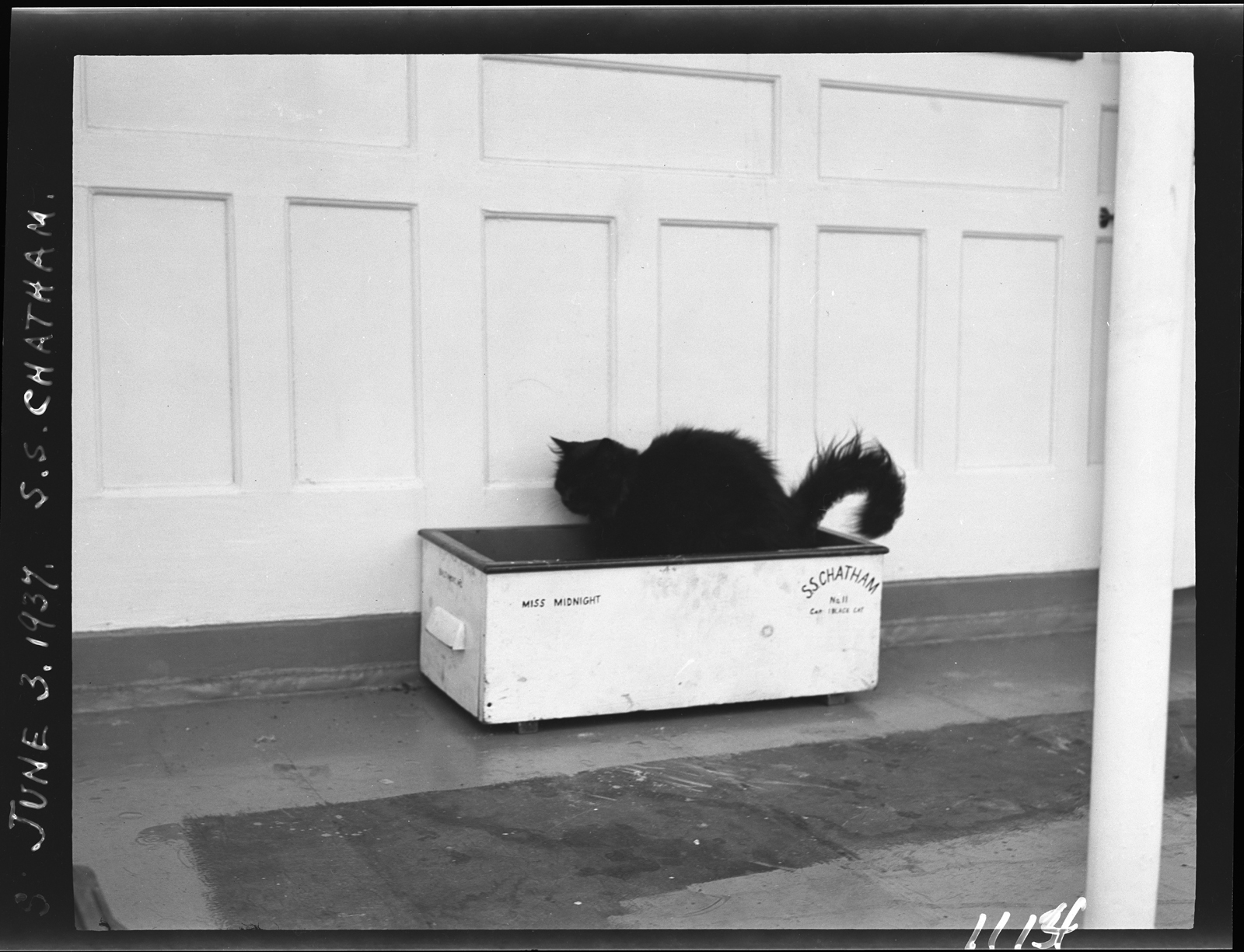
3. Sensitivity to the weather – After being on ships for a little while, people started to realize cats found a good place to shelter before a storm came on. This is because cats are sensitive to barometric pressure changes, but even before science told us that, sailors were watching cats to predict storms.

4. Superstition – This can’t be the first time you’ve heard that sailors were/are superstitious, right? When it came to cats, a lot of sailors thought that if the ship’s cat approached them on deck, it was a sign of good luck; but if the cat approached half way and then retreated, it was a sign of bad luck. Similarly, they believed that a frisky cat meant wind; a cat licking its fur with the grain was related to a rain event; and a cat licking its fur against the grain predicted a storm.
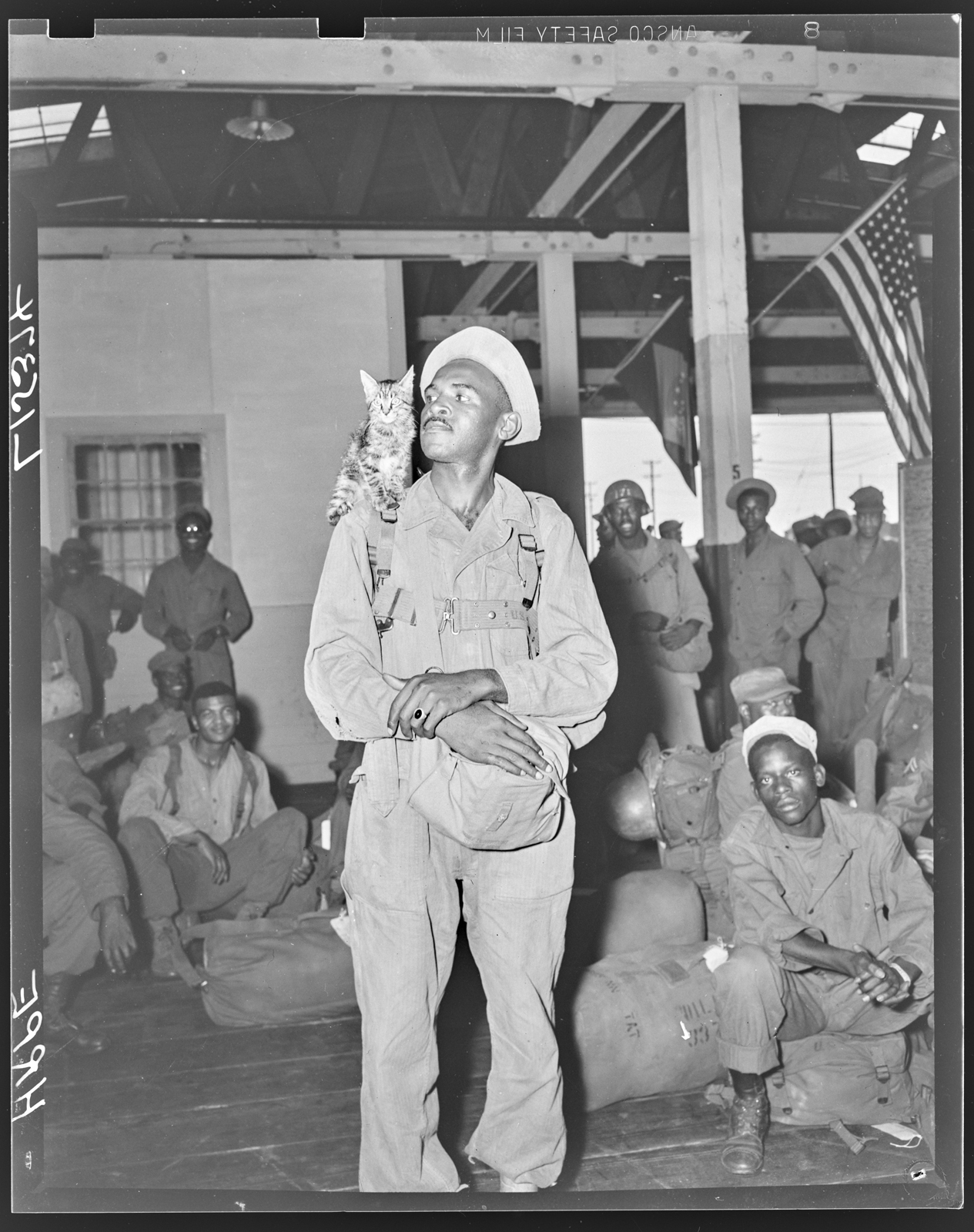
5. Mascot – Lots of vessels had an animal mascot, too! This wasn’t always a cat, it could be a dog, or a chicken/rooster, or even a Kangaroo! But, yeah, animals are pretty cool and showing them off, or just having them onboard, was a big deal.
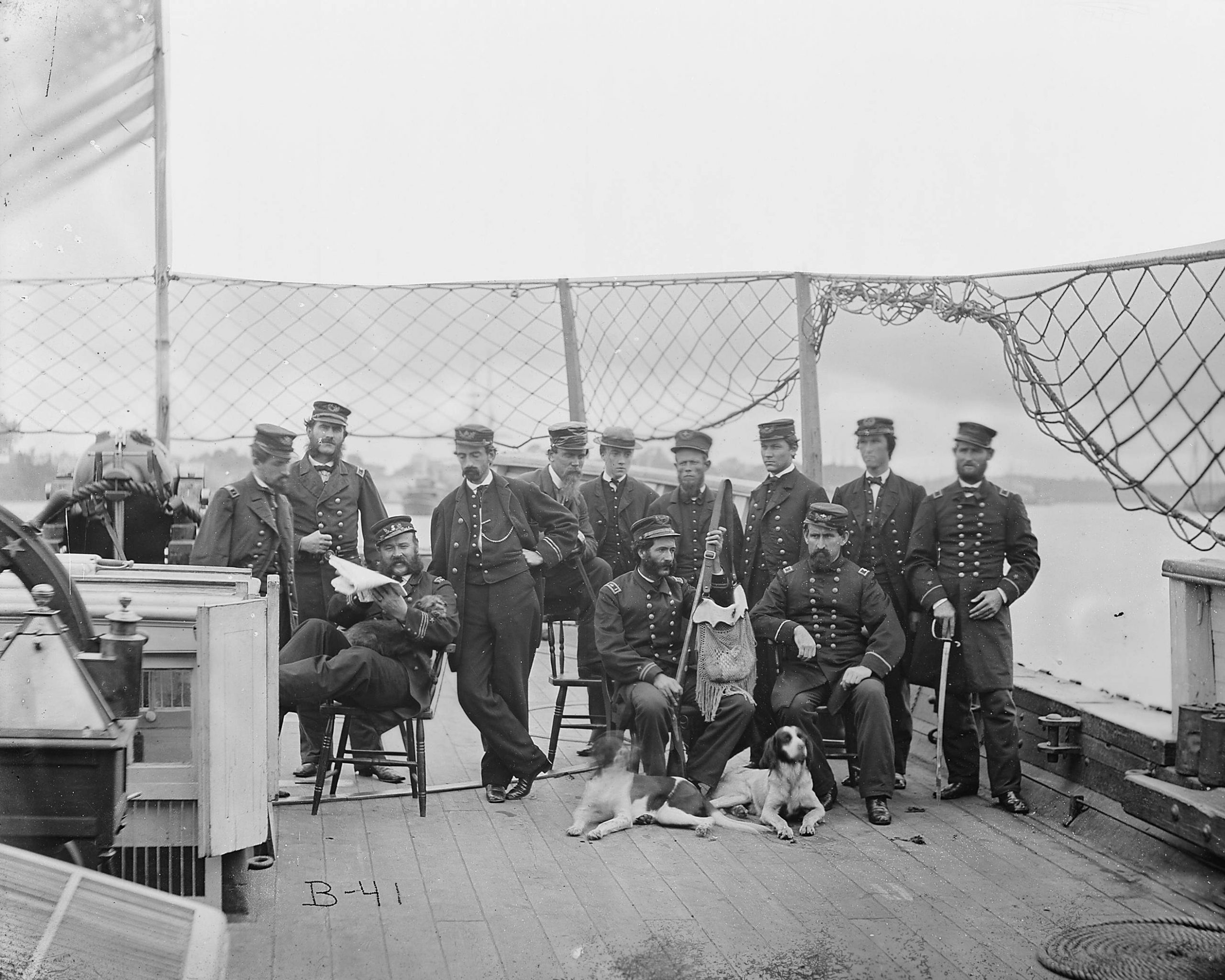
Was there a cat on USS Monitor?
The only source which places a cat on USS Monitor is Francis Butts’ account of the ship’s sinking. Let’s remember that Butts’ account was published in 1887, over 20 years after the ship sank. Let’s also remember that Butts’ exaggerates on other points of his sinking story. I linked his account above, give it a read and let me know if you think he was entirely honest. Our more prolific, and trustworthy, writers – Keeler, Geer, even the log book – never mention a cat.
This past week, when making sure I hadn’t missed anything about a cat in the historical record, I found a source online which stated that the log book said one of the sailors deserted the ship with the ship’s cat (I won’t call out this source). I was shocked that I had missed that, so I re-read the log-book. Unfortunately, since this is hand-written, it can be quite difficult to read, and it turns out that this source mis-read the entry in question. Instead of saying that the sailor deserted with the cat, it says “At 11 P.M. Norman McPherson and John Atkins deserted taking the ship’s cutter [NOT cat, but written to kinda look like catta] and left for parts unknown so ends this day”. Whomp. No cat.

Cats were definitely part of the Union Navy during the Civil War, though. We have photographic evidence of cats on warships, but the only known photos of cats on ironclad, monitor-class vessels are from Lehigh (ca. 1864-65) and Nahant (ca. 1898*). Could it be that cats weren’t seen as necessary on iron ships at the beginning of the Civil War, because, since it was an iron vessel there would be less rodents to eat? This is completely unclear, but I thought I would speculate.
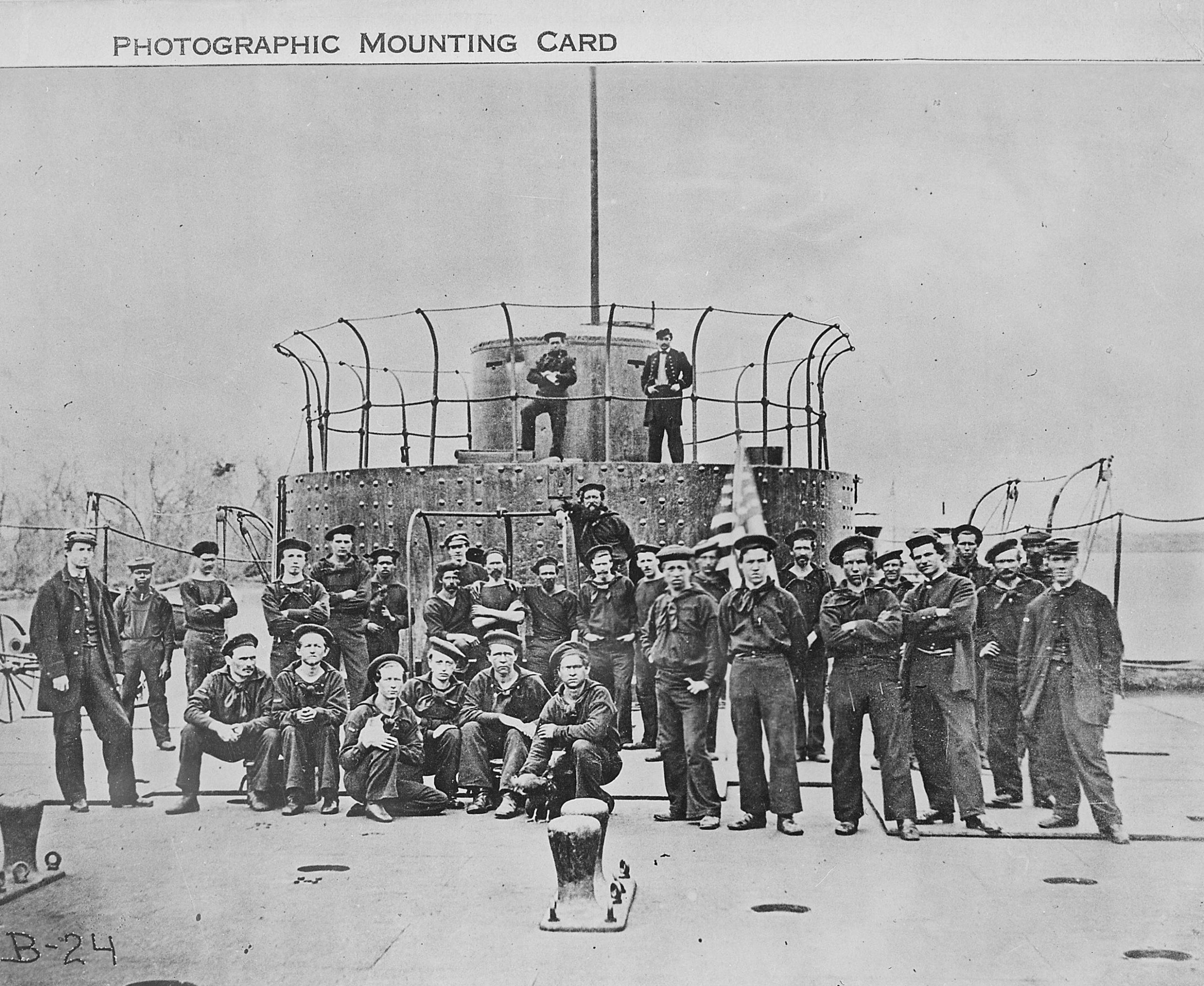
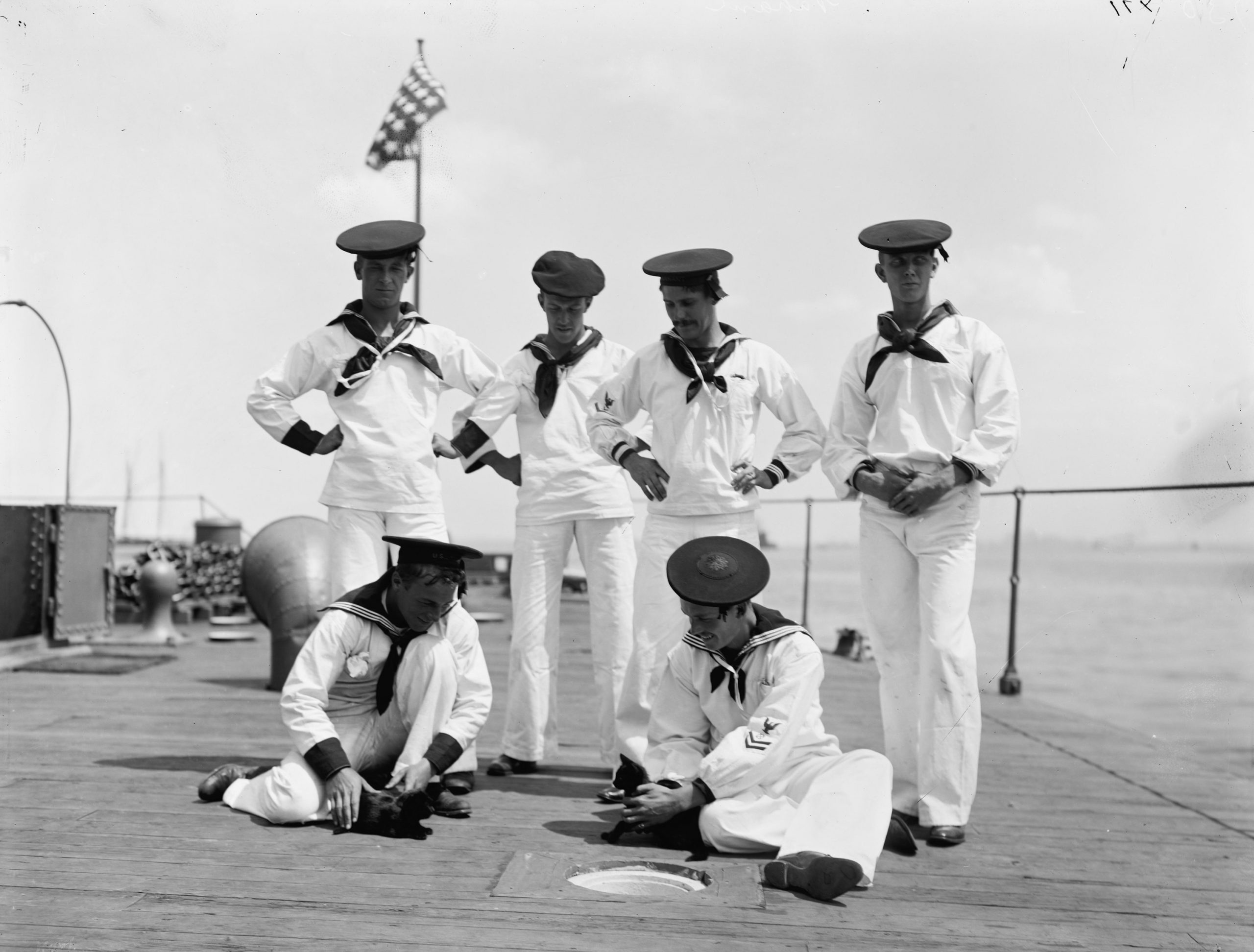
So, no. There is no evidence of a cat on *the* Monitor, besides Butts.
Sorry if this is disappointing. In hopes to make it better, here are some cute pictures of mascots (mostly sea, but some on land) from our collection.

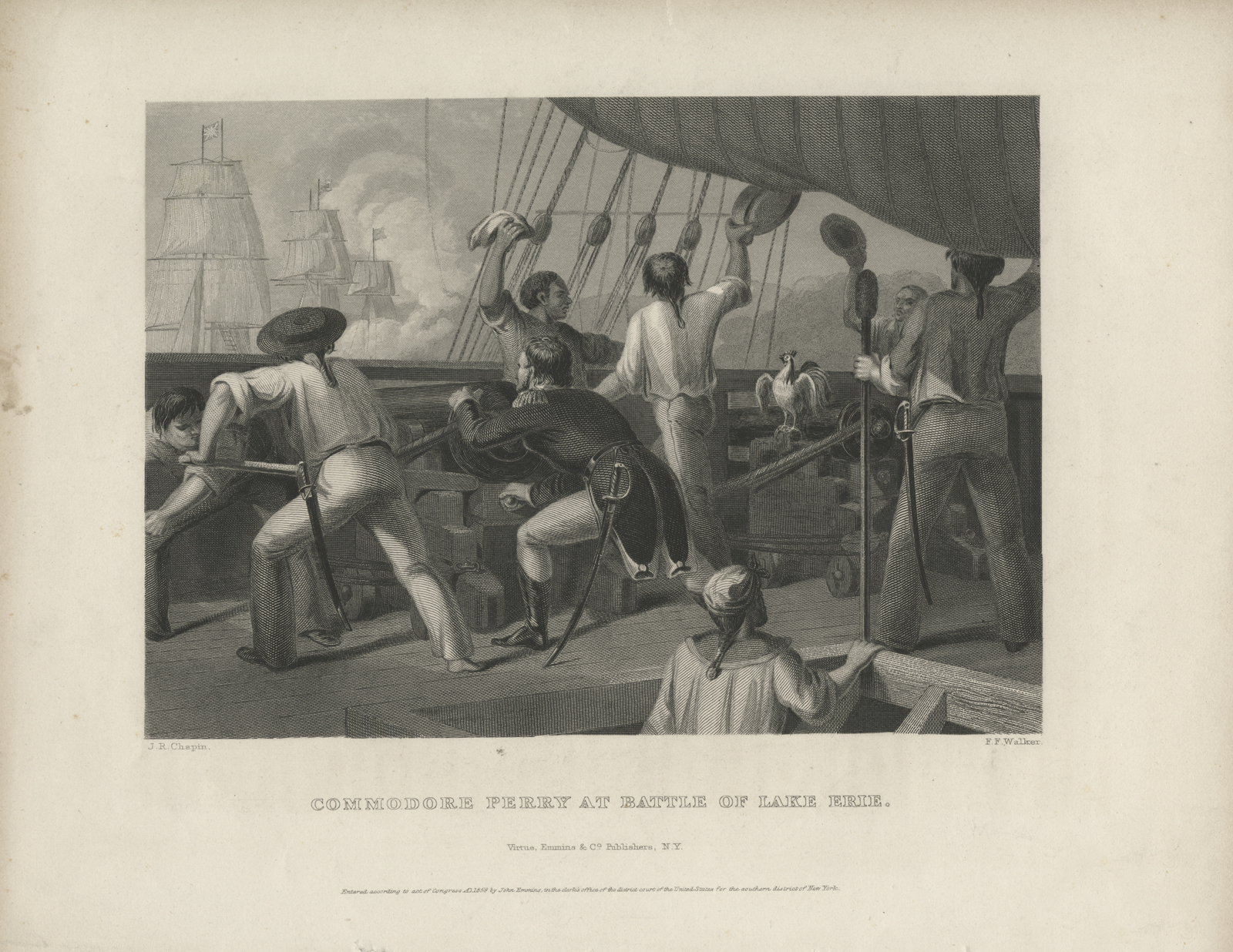
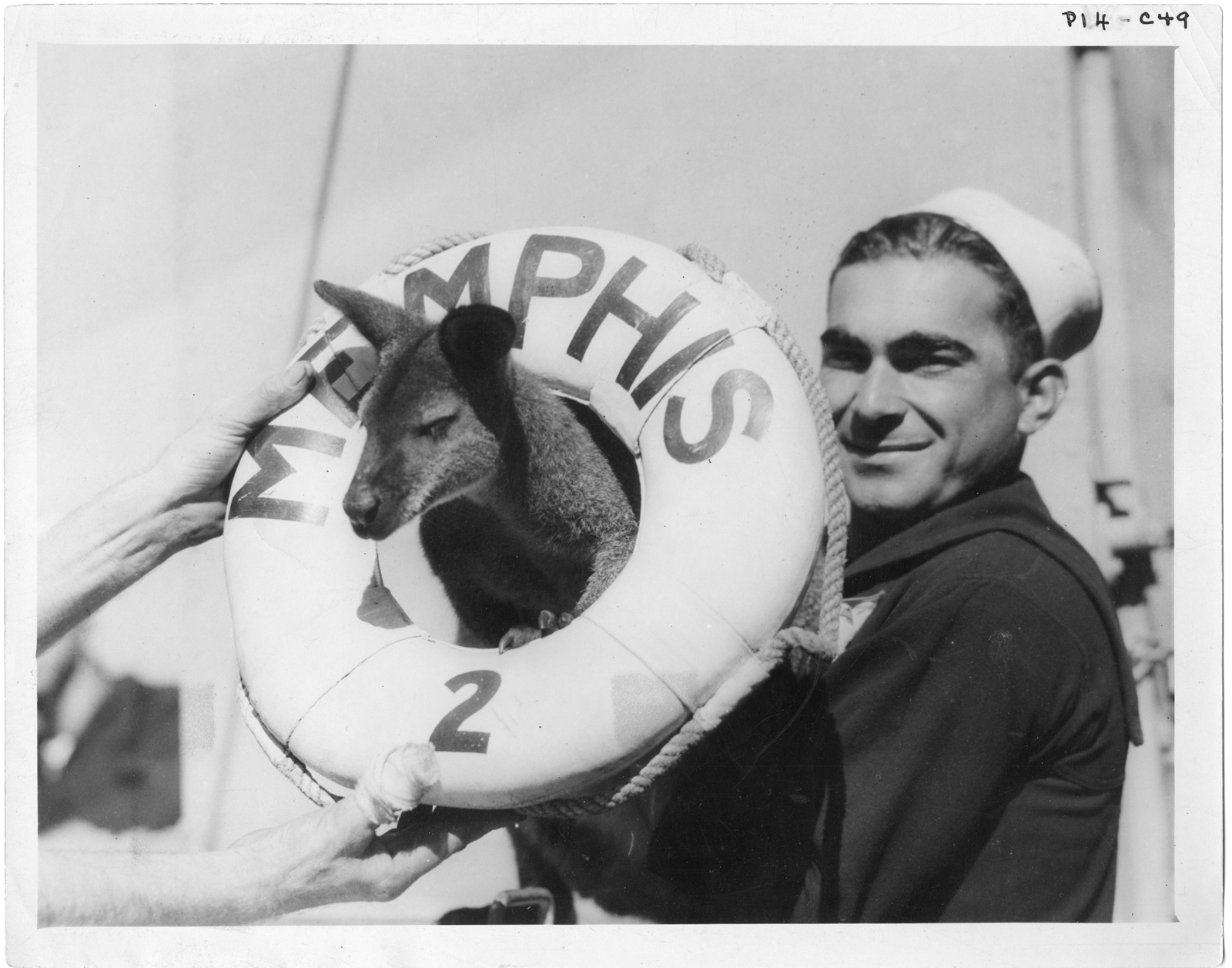
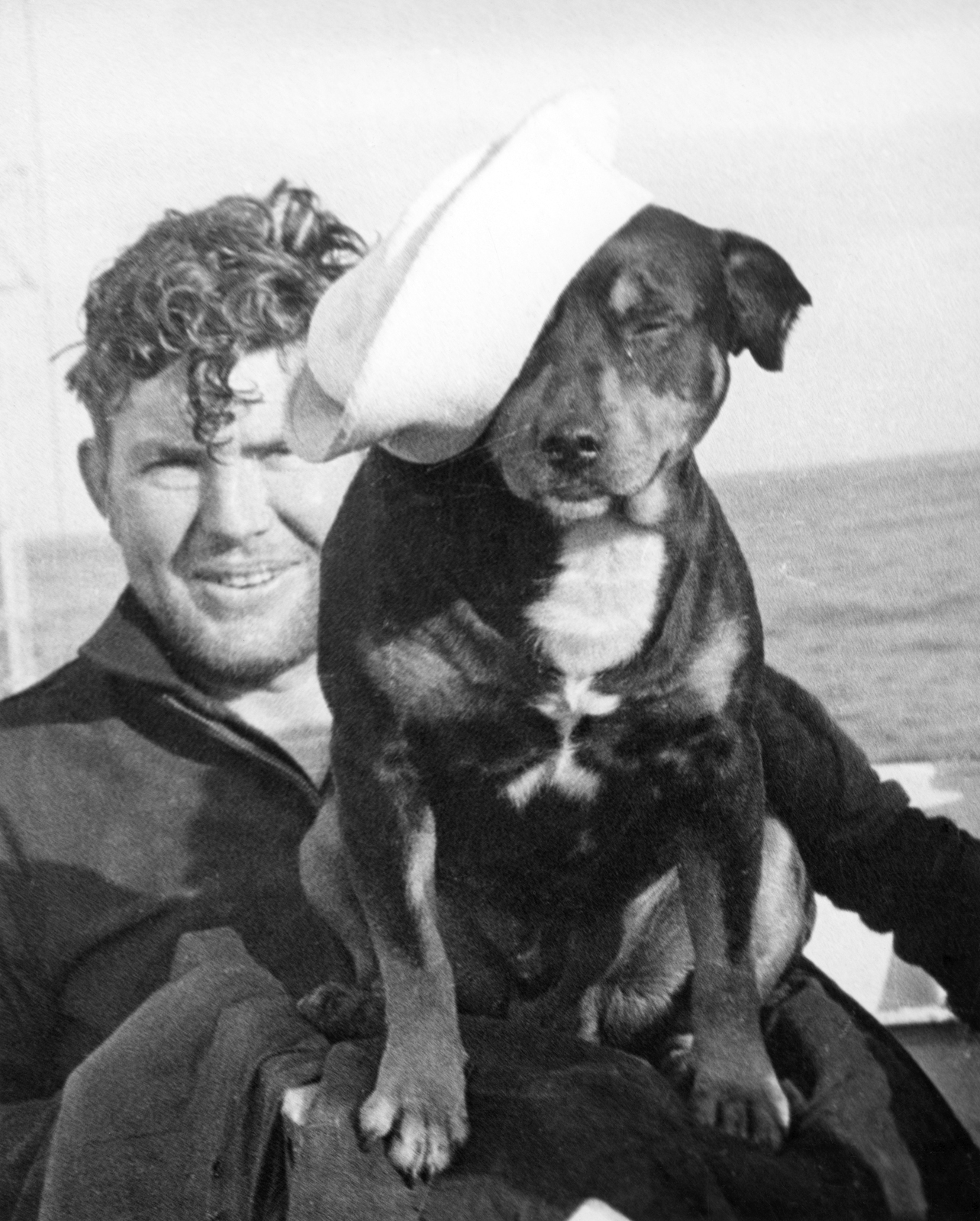
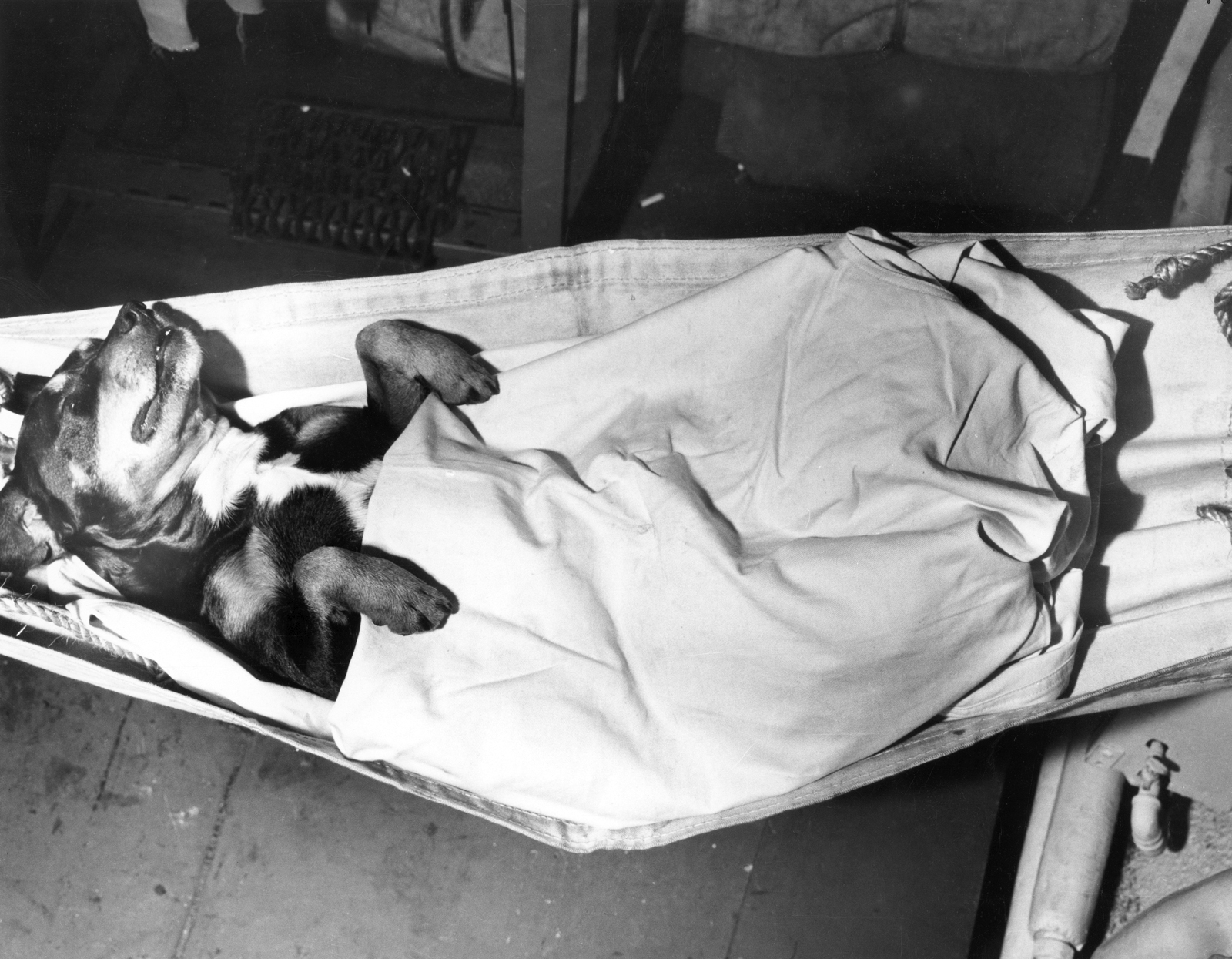
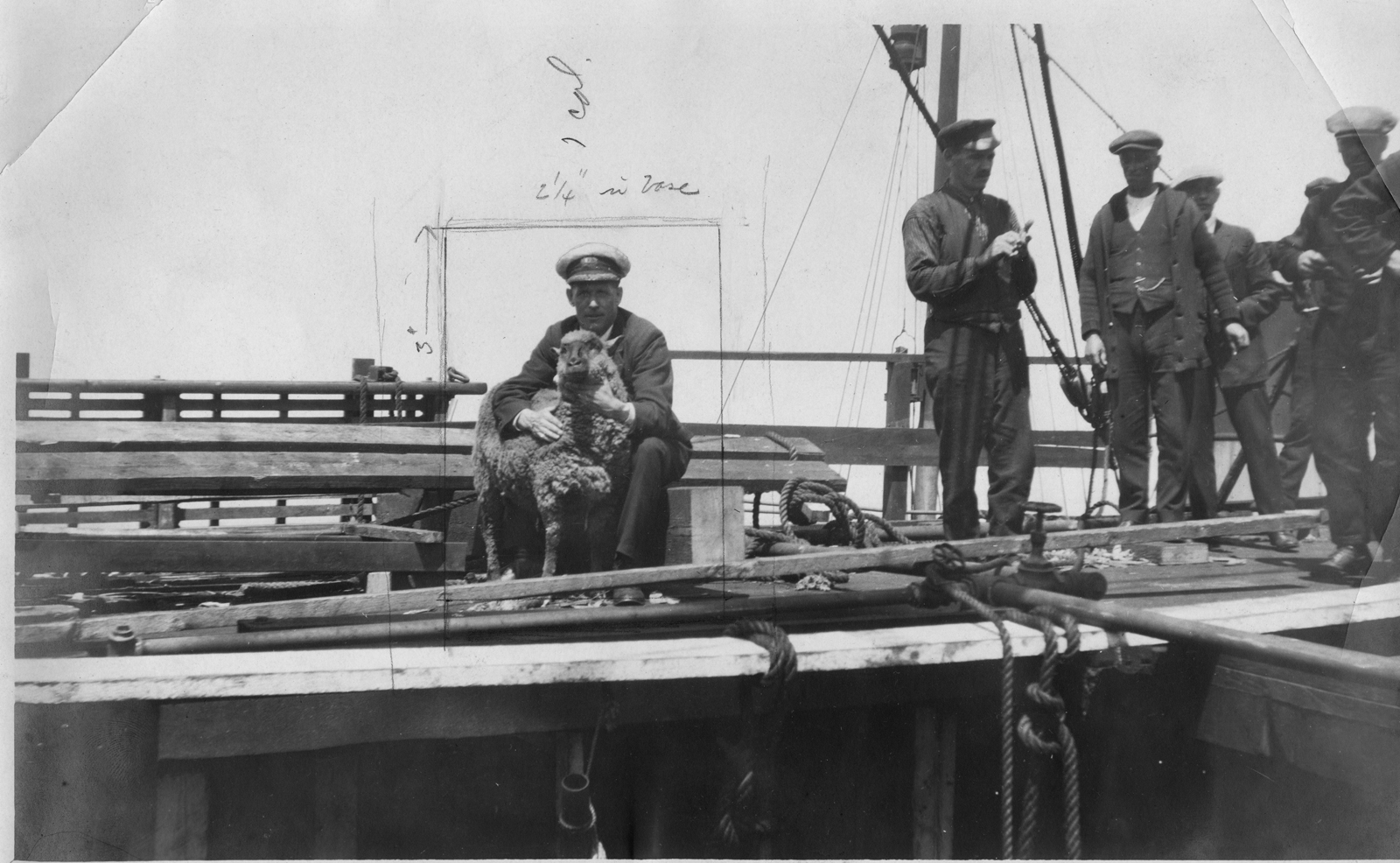
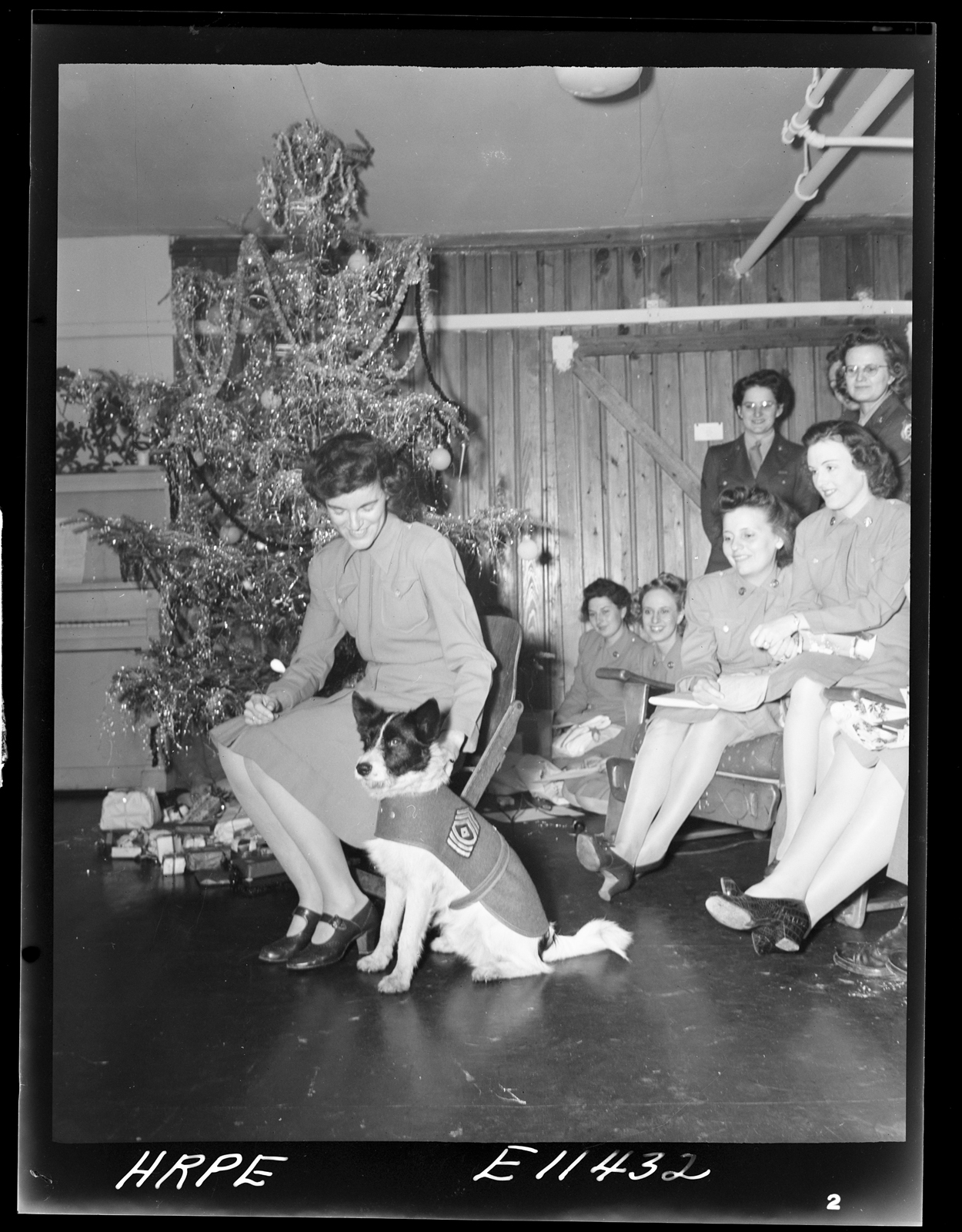
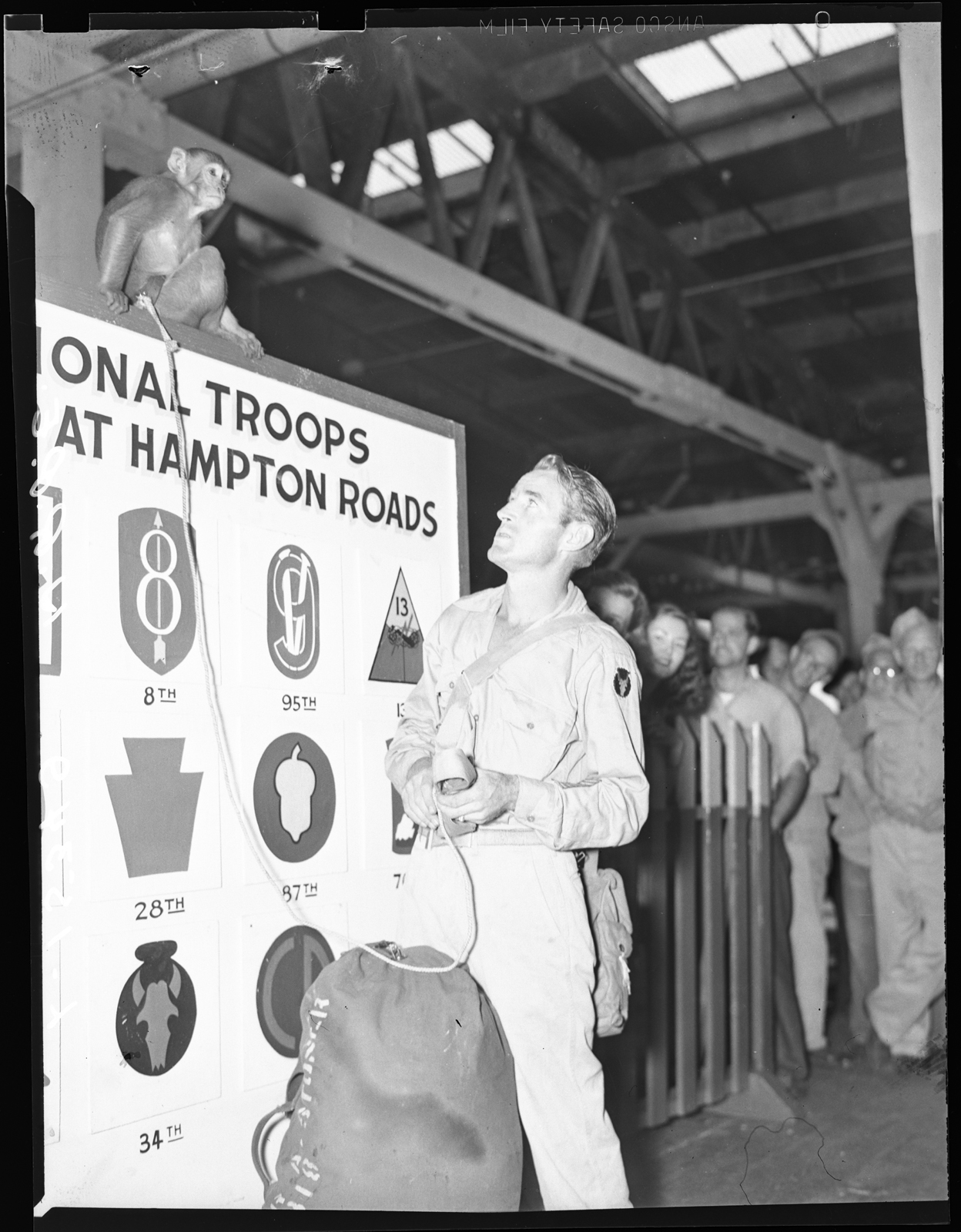


* Yes, 1898 is long after the Civil War. This is during the Spanish American War, actually, but Nahant was one of the few monitor-class vessels which was built in the Civil War, was rebuilt later, and survived into the twentieth century. Since there are so few photos of ironclad cats, I wanted to include this as a second example, even though the photo was taken later.